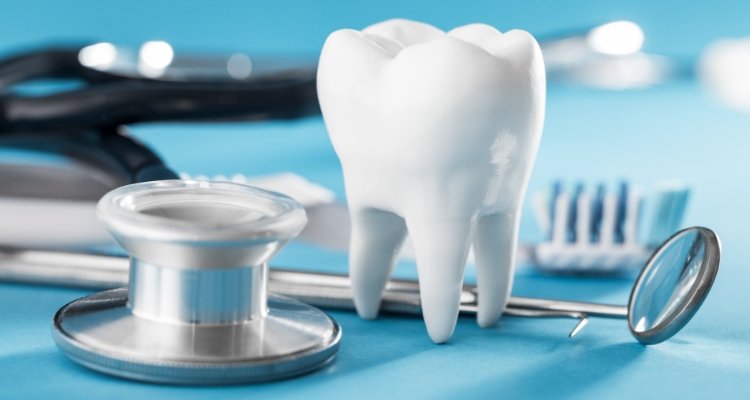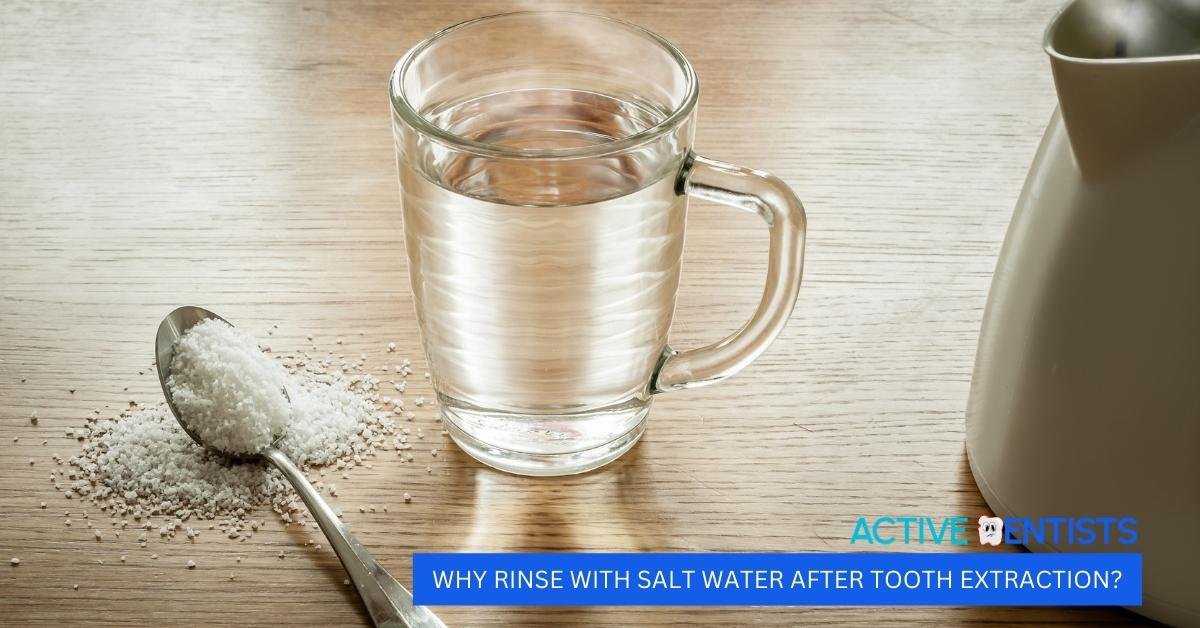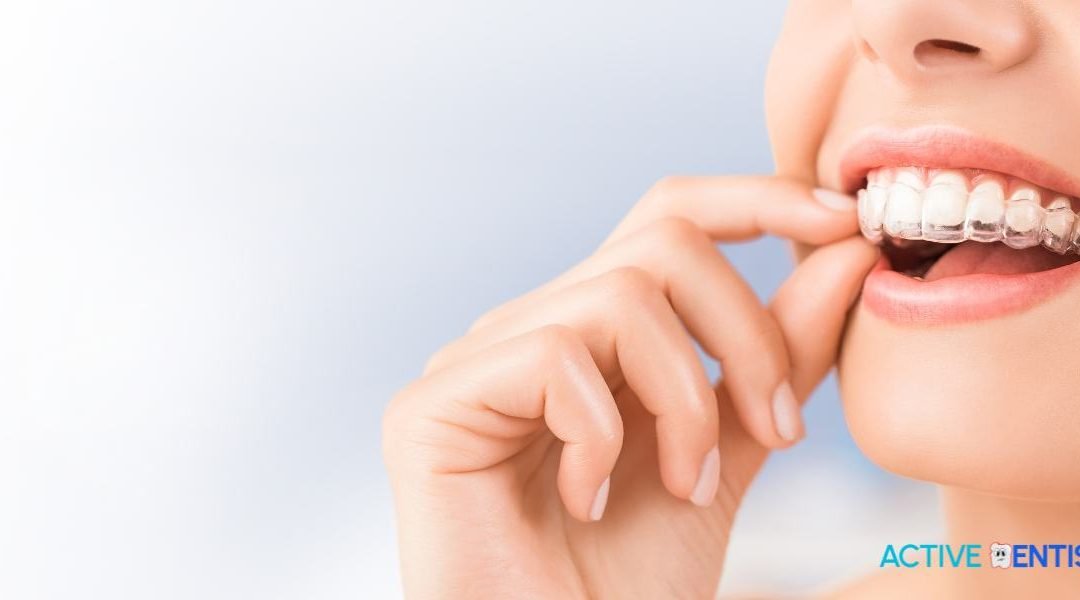Tooth extraction is a common dental procedure that may be required for a variety of reasons, including severe tooth decay, periodontal disease, and tooth impaction. It is essential to adhere to proper post-extraction care to promote healing and reduce discomfort. Did you know that cleansing your mouth with saltwater after a tooth extraction can accelerate the healing process? Salt water is a simple and all-natural remedy with numerous benefits for oral health and healing.
The Benefits of Salt Water for Rinsing After Tooth Extraction

Reducing Bacteria and Infection Risk
Salt water, also known as saline solution, has antimicrobial properties that can help reduce the number of bacteria in your pharynx. After a tooth extraction, an exposed lesion is present, allowing pathogens to enter the body. Rinsing with saline water serves as a natural disinfectant, assisting in the cleansing of the extraction site and reducing the risk of infection. Saltwater functions by producing an inhospitable environment for microorganisms, thereby inhibiting their proliferation, and fostering a more efficient healing process.
Soothing and Relieving Pain
Tooth extractions frequently result in pain, edoema, and distress. These symptoms can be alleviated by rinsing your mouth with saline water. Warm saline solution reduces inflammation and promotes healing by soothing and gently purifying the affected area. The moderate salinity of the solution can also have a numbing effect, providing temporary pain relief.
Assisting in Healing and Blood Circulation
Saltwater rinses can promote healing and blood circulation after tooth extraction. The solution facilitates the delivery of oxygen and nutrients to the lesion by increasing local blood circulation. This enhanced circulation promotes the development of new tissues and accelerates the healing process. In addition, saline water can assist in flushing out any remaining food particles or detritus that may be retained in the extraction site, thereby reducing the risk of complications.
Minimizing Dry Socket
The development of a sterile socket is one of the potential complications following tooth extraction. This occurs when the blood clot that forms at the extraction site is prematurely dislodged or dissolves, exposing the nerves and bone beneath. Extremely excruciating and delaying the healing process, a dry socket can cause significant discomfort. Rinses with salt water can help prevent dry socket by fostering a clean environment and promoting appropriate blood clot formation.
How to Rinse with Saltwater Following the Extraction of a Tooth?
To correctly perform saline water rinses, follow these steps:
- In 8 ounces of tepid water, dissolve a half teaspoon of salt.
- Ensure that the saline water solution reaches the extraction site by gently swishing it in your mouth.
- Rinse for approximately 30 seconds, taking care not to gargle or spew excessively.
- Spit the solution into a washbasin carefully, taking care not to dislodge the blood clot.
- Repeat the procedure two to three times daily, or as directed by your dentist.
Additional Tooth Extraction Aftercare Advice

In addition to cleansing with saline water, there are a number of other essential maintenance measures you must take to ensure a successful recovery after tooth extraction. Here are some additional recommendations for post-extraction care:
Adhere to Prescribed Medications and Instructions: Take any medications prescribed by your dentist as directed, including pain relievers and antibiotics if prescribed. Follow the directions precisely, and if antibiotics are prescribed, complete the entire course. This aids in the prevention of infection and the management of pain during recuperation.
Control the Bleeding: It is normal to experience some bleeding after tooth extraction. To stop haemorrhaging, position a clean gauze pad over the extraction site and bite down firmly but gingerly. As necessary until the haemorrhage ceases, replace the gauze pad. If bleeding persists or becomes excessive, you should consult a dentist.
Apply Ice Packs: To reduce edoema and alleviate pain, apply an ice pack or cold compress to the exterior of your cheek near the extraction site. Use it for roughly 10 minutes at a time with intervals of 20 minutes in between. This can assist in reducing edoema and relieving discomfort.
Take Rest: Engage in restorative activities for a minimum of 24 to 48 hours after tooth extraction. Avoid strenuous physical activity or anything else that could increase blood pressure and disrupt the formation of a blood clot at the extraction site. Rest enhances the body’s ability to recover.
Avoid Irritants: Although it is essential to keep the extraction site clean, avoid disturbing the blood clot by moving around the area. Avoiding the extraction site, gently cleanse your teeth and tongue. To prevent irritation, use a toothbrush with delicate bristles and be gentle. After 24 hours, you can begin to rinse your mouth with saline water gently.
Maintain Proper Oral Hygiene: To promote healing and prevent complications, avoid irritants such as smoking, imbibing through a straw, and eating and drinking hot or salty foods and beverages for at least 24 to 48 hours after the extraction. These activities can dislodge the blood clot or aggravate the extraction site, which can result in complications.
Adapt to a Soft Diet: Adhere to a soft diet for the first few days following extraction. Choose foods that are simple to digest and ingest, including pureed potatoes, yoghurt, smoothies, and soups. Avoid foods that are firm, brittle, or viscous, as they may cause pain or become lodged in the extraction site.
Follow-Up Appointments: Ensure that you attend all appointed follow-up appointments with your dentist. They will monitor your recovery, remove sutures as needed, and address any concerns or complications that may arise.
Therefore, rinsing with saline water after a tooth extraction provides numerous therapeutic benefits and reduces the likelihood of complications. The antimicrobial properties of saline water aid in maintaining a clean extraction site and reducing the risk of infection. In addition, saline water rinses alleviate pain, promote healing, and help prevent dry socket. Always consult your dentist for post-operative instructions, such as the frequency and duration of saline water rinses. By incorporating this straightforward and effective technique into your dental care regimen, you can facilitate a speedy recovery and return to a healthy smile.






